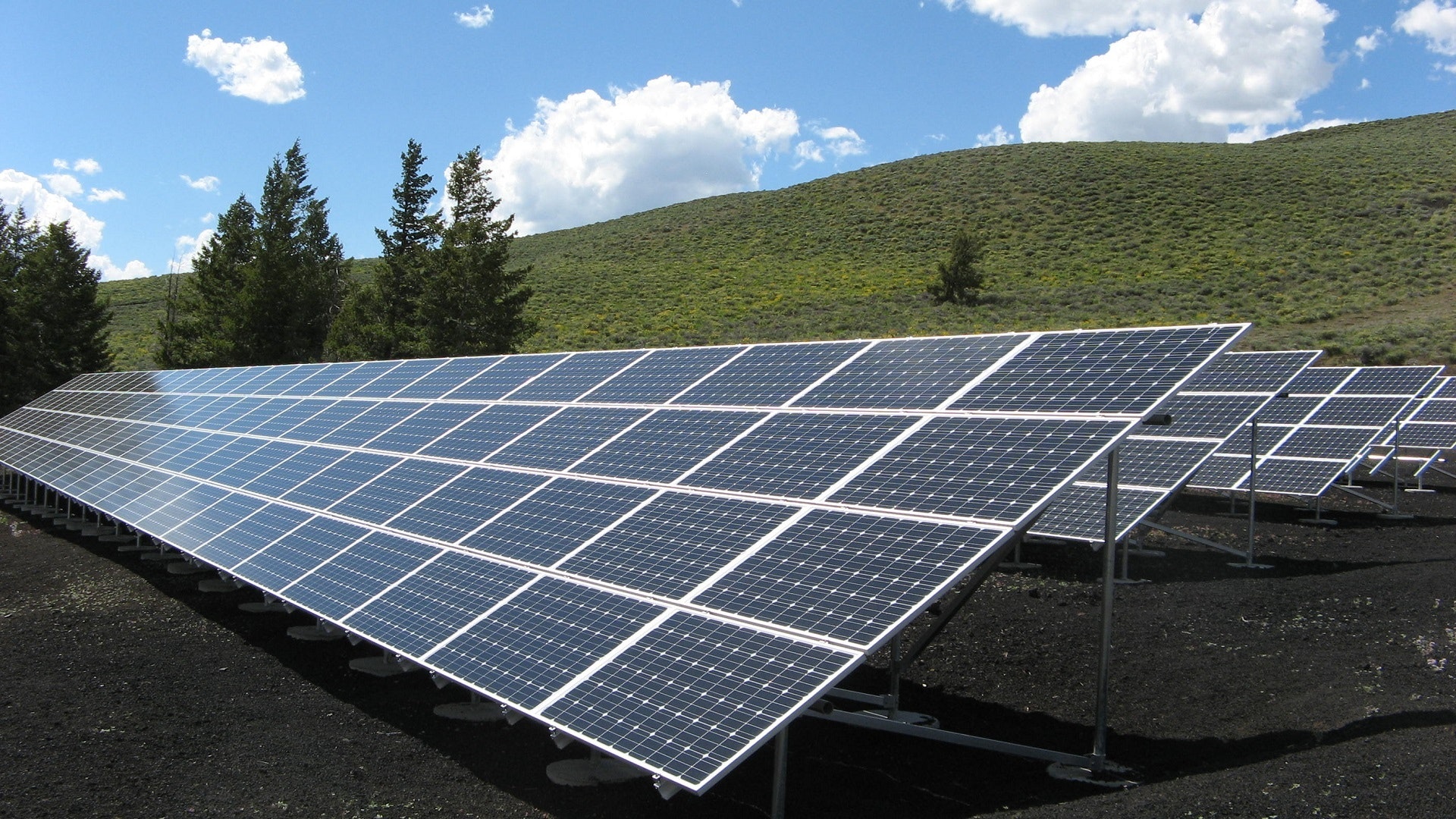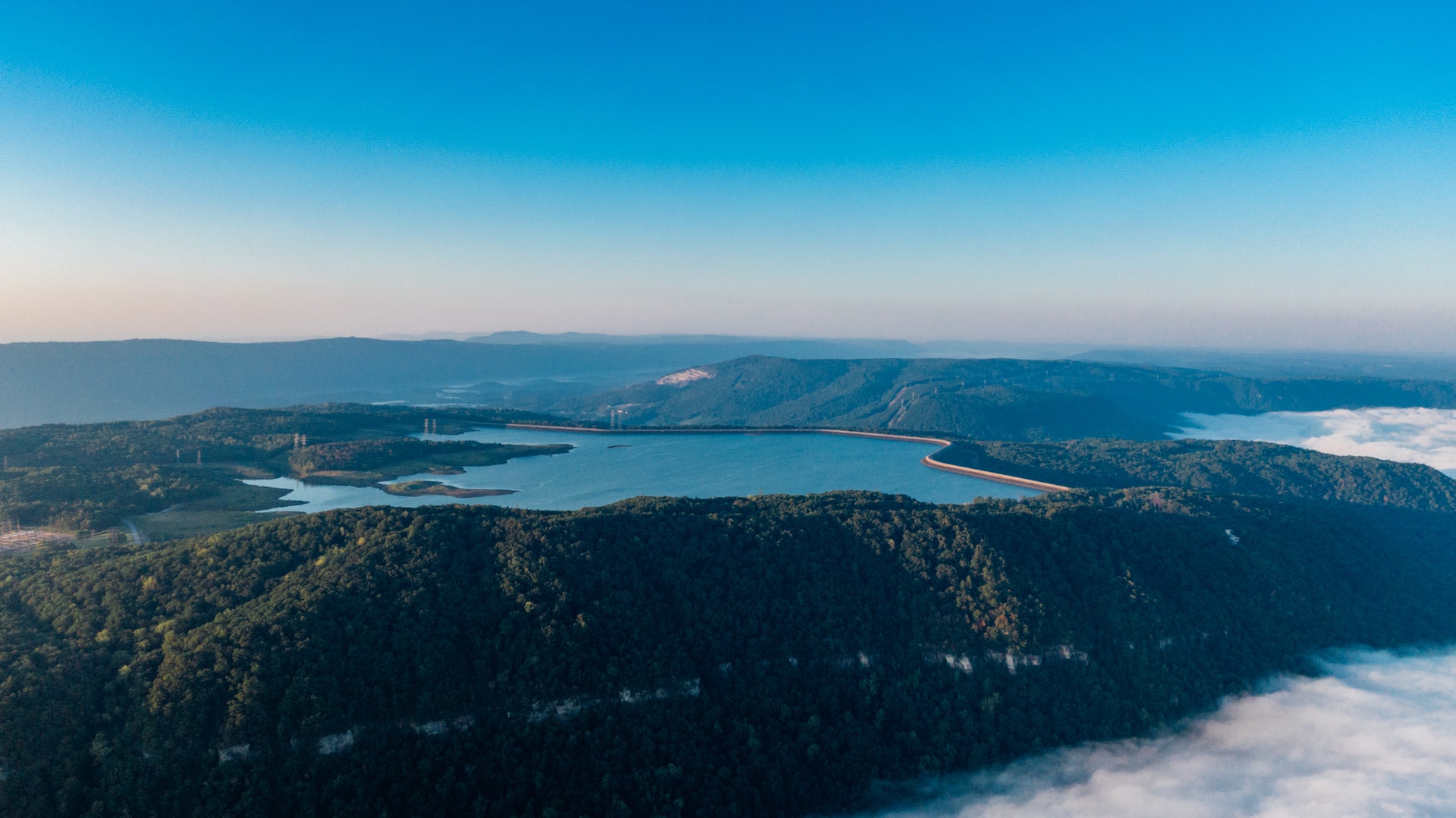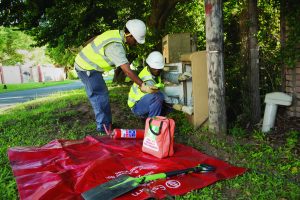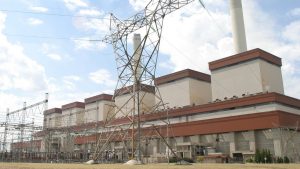







Energy Saving
Data Portal
Eskom Chatbot
Home Energy
MyEskom App
Tariffs, Charges
CS Online
Notice to creditors of Eskom Holdings SOC Ltd
Notice is hereby given to creditors of Eskom Holdings SOC Ltd (“Eskom”) pursuant to section 116(1)(a) of the South African Companies Act,2008 (“the Act”) o f the proposed merger between Eskom and National Transmission Company South Africa SOC Ltd (“NTCSA”), details of which are set out below (“the Merger”).
Standard Offer
A generator, trader or consumer with surplus energy can sell the energy to Eskom under the Standard Offer by applying the programme at any time. If the generator, trader or consumer meets the requirements of the programme they are awarded a Power Purchase Agreement with standard terms and pricing set by Eskom.
Invitation to participate in the Cross-border Standard Offer Programme (CBSOP)
Eskom Transmission has launched the CBSOP to procure power from the region and assist in the reduction of load shedding.
Eskom’s crowdsourcing digital platform allows it to supplement its existing skills base to help address its operational challenges. The platform act as a skills database for Eskom to acquire additional expertise and resolve its urgent business needs.
Complaint Handling Process
We define a complaint as any expression of dissatisfaction by a customer in relation to the product or service rendered to the customer. At Eskom, we always try to give our customers the best service, but we may not always meet customers’ expectations.





